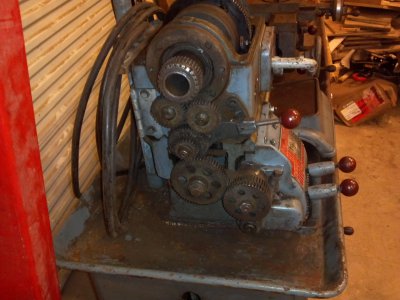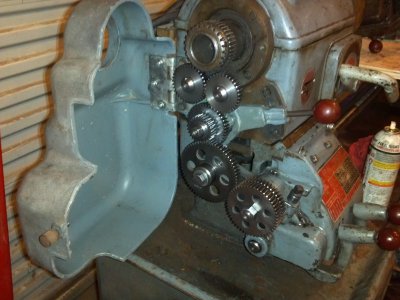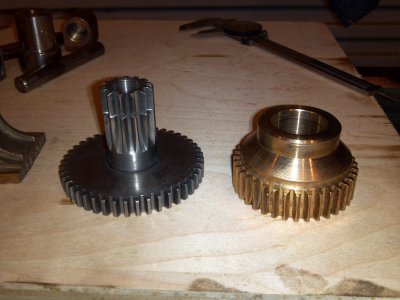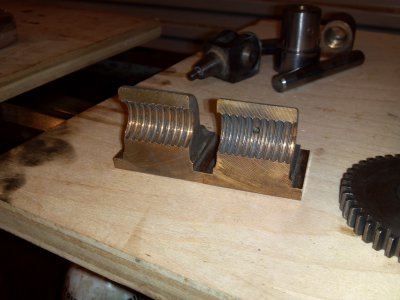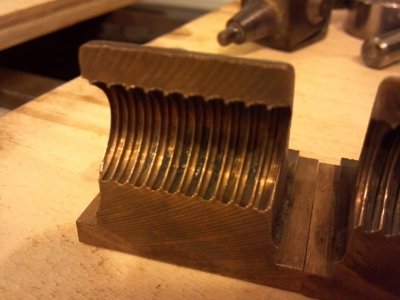- Joined
- Oct 7, 2013
- Messages
- 305
Yes, I am aware of that. I don't think the shrinkage would be significant or critical in a follow or steady rest, as long as there was sufficient material left in the base to machine it to the proper height. Every thing else should shrink equally, leaving everything centered. It would really be nice if I could get the price of the raw castings down under about $75 apiece. With the additional machining and work I would suspect the completed part would come in under $150 easily, if you make the rest of the parts yourself and don't count your labor, even if you have some of the machine work done locally. In my book that's a lot better than paying antique collectible prices upwards of $325 apiece!
Actually, this is starting to sound like a fun project to me. I've got to get some other things squared away first, but I may start seriously considering this route, once I get my decks cleared a little.
Actually, this is starting to sound like a fun project to me. I've got to get some other things squared away first, but I may start seriously considering this route, once I get my decks cleared a little.


